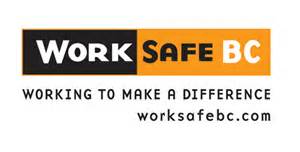PRINCE GEORGE, B.C. — Two fatal sawmill explosions in northern B.C. prompted the province’s workers’ compensation board to rethink the way it looks for workplace hazards before they cause problems, a coroner’s inquest heard Tuesday.
WorkSafeBC established a “risk analysis unit” in 2014, which has been has been looking at disasters in other parts of the world to predict if similar situations could occur in B.C., Al Johnson of WorkSafeBC told the coroner’s jury.
Previously, the agency relied on claims data it had collected from past incidents to decide where its focus should be, he told the inquest looking into the Lakeland Mills blast in Prince George in April 2012.
The changes were made after the Lakeland blast and an explosion at Babine Forest Products near Burns Lake in January 2012. Four workers were killed and more than 40 more workers were injured, many seriously.
An inquest into the Babine explosion will be held in Burns Lake in July.
Johnson told the inquest that the two explosions were unprecedented, and WorkSafeBC was not aware of the danger of sawdust, particularly from beetle-killed pine, posed as a fuel for an explosion even in a relatively expansive area such as a sawmill.
“All the claims data in the world would not have told it should be focused on combustible dust in sawmills because there weren’t any claims,” Johnson said.
Now, the agency responds to situations worldwide — such as the fertilizer plant that exploded in Texas in 2013 — to determine if a similar situation could develop in B.C. The new unit also analyzes how the situations could be prevented through increased inspections or an information campaign.
“I would like to think that if we had a risk analysis unit in place prior to Babine, we might have been in a better position to understand the events that occurred,” Johnson said.
